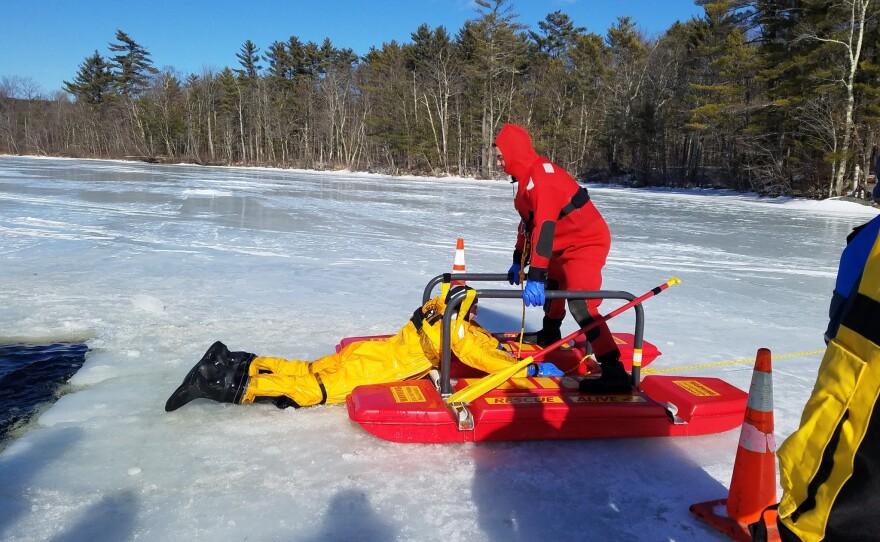As the year’s busiest travel season approaches, the Consumer Product Safety Commission (CPSC) on Wednesday encouraged travelers to take carbon monoxide (CO) detectors with them during travels and on vacations.
“Carbon monoxide is a deadly gas you can’t see or smell,” the CPSC tweeted. “If you’re traveling this spring or summer, make sure you pack a carbon monoxide alarm.”




